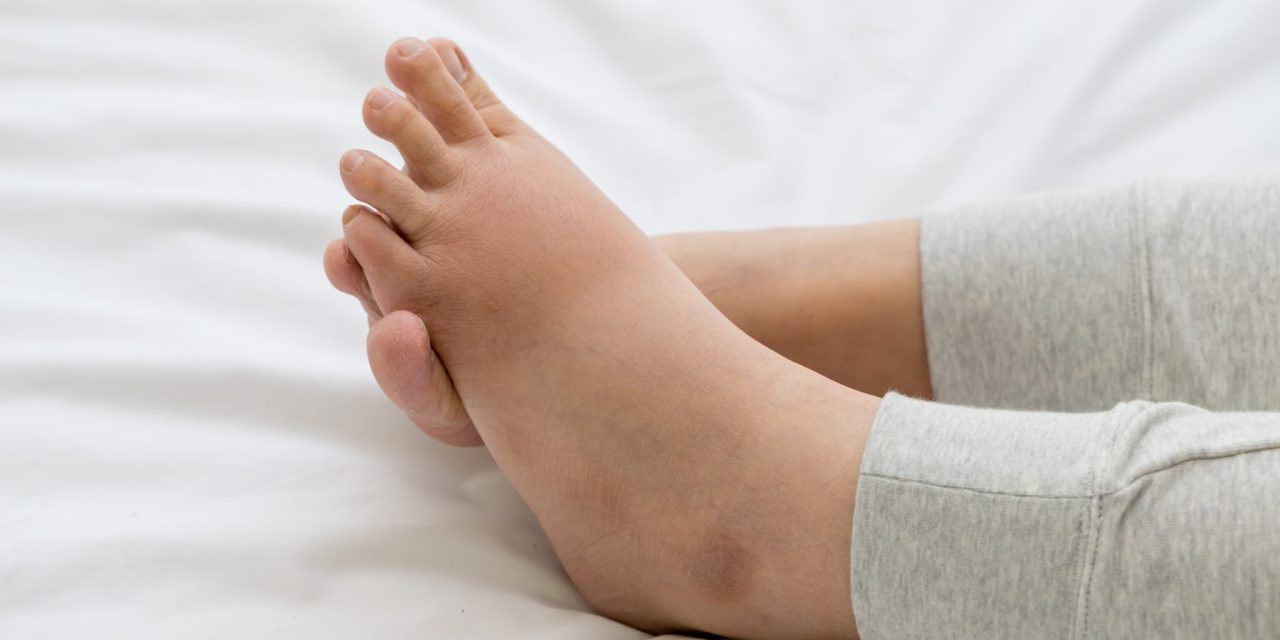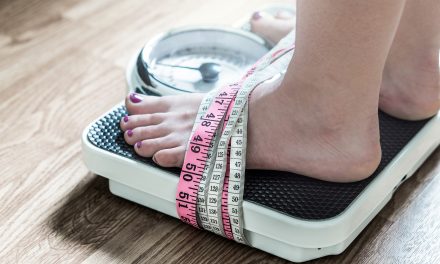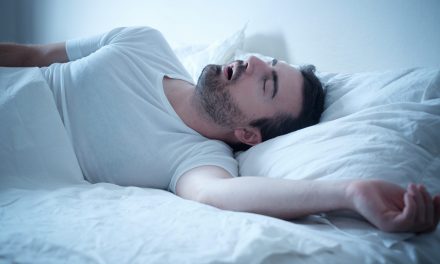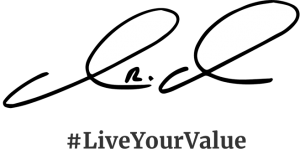My Calf Looks Like My Thigh! What’s up with all this swelling?
Legs can swell for a number of different reasons—some serious, most not serious. If you experience leg swelling, the first thing you need to consider is whether the swelling is affecting one leg or both legs. This can help narrow down the cause of the swelling.
Common causes of swelling that affects one leg include:
- Trauma
- Postoperative (i.e. knee replacement or heart bypass)
- Damage to the lymphatic system (such as following mastectomy or another cancer surgery in which lymph nodes were removed). This is called “lymphedema.”
- Blood clot in a vein or a blocked artery
Common causes of swelling that affects both legs:
- Lipedema—due to deposits of fat under the skin.
- Obstructive Sleep Apnea
- Medications
So, let’s chat a bit about the whole blood vessel system.
Veins in the lower leg just aren’t as important as our arteries. So what makes an artery so special? Well, I hate to say this, but in the big scheme of things, oxygen is important and it’s our arteries (not our veins) that are responsible for delivering oxygen to our tissues and body parts . . . like our toes. Veins, on the other hand, are there to pick up blood that has no oxygen once it’s been delivered to the tissues.
Turns out, there are two main factors that make our arteries more effective than our veins at moving blood.
1. Arteries have a much higher pressure going through them. Think of garden hose. What’s the best way to water the bush that’s three feet away? Open the faucet all the way or try and accomplish it with a weak stream?
2. Gravity: Which is easier for you? Going uphill or down?
Valves
So other than having less pressure and going against gravity, is there anything else about our veins that make our swelling worse? Well, yes. Valves. One thing that our veins have to help prevent our legs from swelling are valves. These are little flaps of tissue within the vessel that open and close to allow blood to go back to the heart and prevent it from being overcome by gravity and pooling in our lower legs.
Unfortunately, over time, these valves aren’t as strong as they were at one time. Many times they don’t create a tight enough seal, which allows fluid to seep down and causes leg swelling. This is called “venous” (veen – us) insufficiency (aka, dependent edema, venous reflux), and is VERY common.
In a paper written in 2018 by Dr. Robert Weiss from Johns Hopkins University, up to 40% of USA population have clinically significant reflux. Worldwide, up to 60% of the population has clinically significant venous insufficiency (Circulation. 2014;130:333–346)
When to suspect venous insufficiency:
Typically, swelling is worse with prolonged sitting or standing It is worse as the day progresses and better upon awakening in the morning.
Diagnosing:
Venous insufficiency is diagnosed with an ultrasound study of your lower extremities. Be prepared for blood tests or other diagnostic studies to evaluate for others causes (some that I mention below). Also, never forget that many medications can do it (keep reading, lol).
Most significant complication?
A lower extremity ulcer than can challenging to heal. According to Dr. Weiss and others, a lower extremity ulcer from venous insufficiency can affect as many as 500,000 to 600,000 people every year.
What are the common causes of leg swelling?
- Kidney disease
- Liver disease
- Heart disease/Congestive Heart Failure
- Obstructive sleep apnea
- Malabsorption/protein malnutrition
Medications that can also cause leg swelling: (most common)
- High blood pressure pills
- Amlodipine Metoprolol
- Nifedipine Propanolol
- Diltiazam Carvedilol
- Verapamil
- Hormones (especially estrogen)
- Anti-inflammatories (ex: Ibuprofen, Motrin, Advil, Aleve )
- Diabetic medications (Actos, Avandia)
Angioedema is the swelling of the layers deep to the skin. It is usually the result of an allergy to a medication or a certain food or additive. Some causes include:
- Dietary/Lifestyle choices
- Alcohol/Tobacco
- Foods: sugar, white bread
More fun this coming from Dr.D’s team member, Karey Thomas, our in-house Functional Nutritional Therapist.
What can we do about this swelling?
1. Be open to the tests that your docs want to do in order to diagnosis it, as well as look for what is causing it.
2. If it is likely a medicine causing the issue, discuss alternatives with your health care provider.
3. Be open to wearing compression stockings during the day (off at night), but, make sure they fit appropriately. After all, poor fitting compression stockings can make it worse.
4. Do some form of activity, walk, elliptical . . . something. Exercise increases the contraction of our calf muscles, which squeezes our veins and helps push the blood up.
5. Keep your legs elevated when you can.
6. If you have to sit for long periods of time, bend and straighten your knees and ankles often every hour and if you have to stand for an eternity, try and find some time throughout the day to sit down and elevate your legs.
7. Sclerotherapy is also talked about as an option for venous insufficiency. This treatment is permed by injecting certain chemicals into veins, which essentially occludes the vein altogether. This technique is most commonly used for varicose or spider veins.
Leg swelling has another impact that is concerning for those who are struggling with it . . . the impact it has (be it great or small) on one’s sense of value. Let’s face it, it’s not what we want, and perhaps there’s something that can be done about it.
Remember, today and every day, live your value one choice at a time!
-Dr. D










